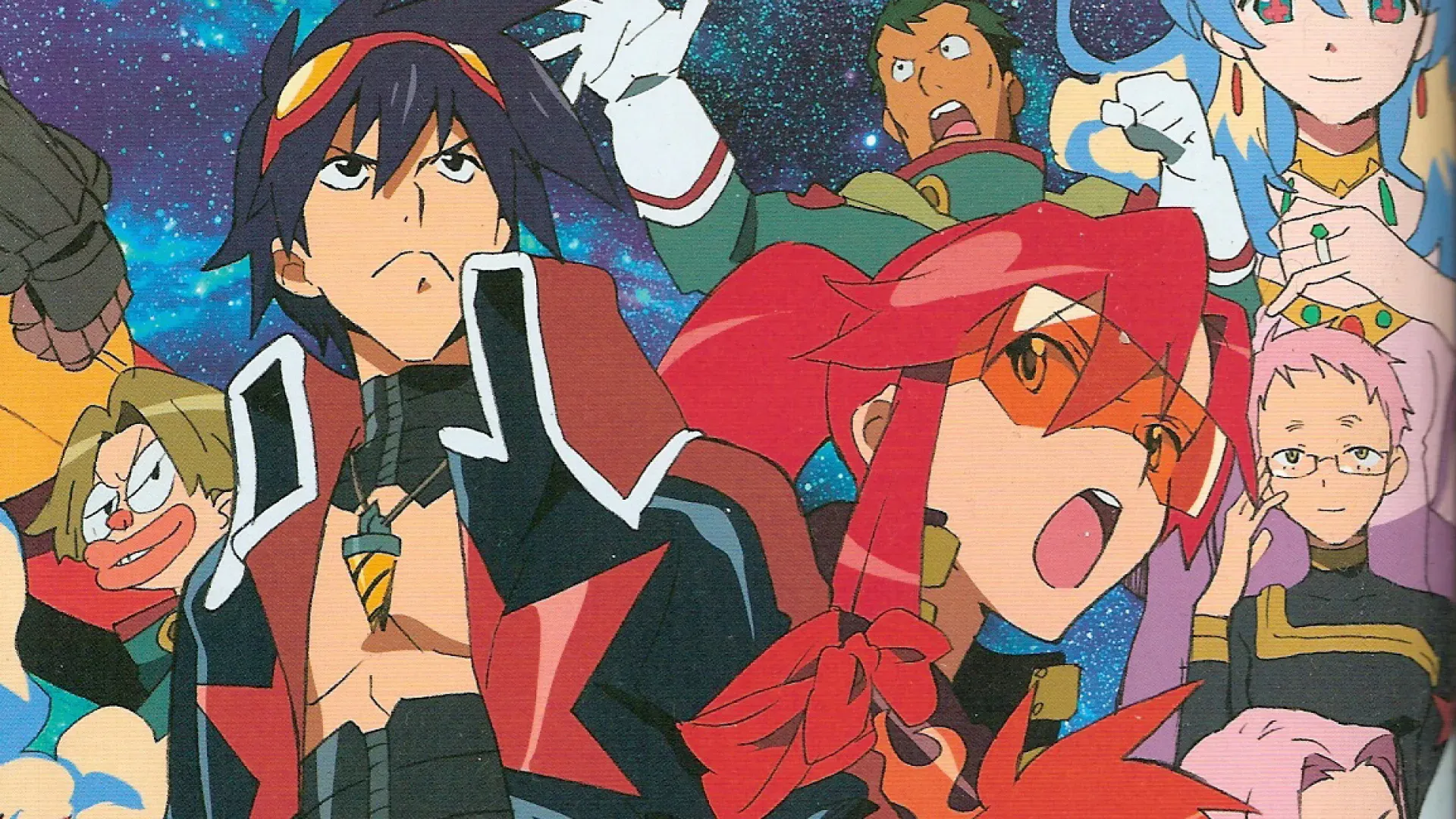Japanese name on MechaBay
MechaBay style guide on writing Japanese names
When documenting the rich world of mecha and the talented individuals who create it, one seemingly small detail carries significant cultural weight: how we present Japanese names. At MechaBay, I’ve made a deliberate choice that reflects both respect for Japanese culture and practical considerations for readers.
The challenge
Writing about Japanese media presents unique challenges, particularly when balancing fictional content with real-world creators. MechaBay articles primarily use an in-universe voice—think of MechaBay as an in-universe encyclopaedia or database that treating characters and events as if they were real historical figures and occurrences. However, the Behind the Scenes sections, use an out-of-universe perspective to give readers a glimpse of real world discussions and events about the entry.
This dual approach creates an interesting naming convention challenge. How do I respectfully present Japanese names while maintaining clarity for international readers?
Cultural authenticity for real people
I’ve adopted a clear distinction in MechaBay naming conventions:
For fictional characters: I use the Western convention of given name followed by family name. This applies to Japanese characters like Kira Yamato, Shinn Asuka, Mikazuki Augus, Orga Itsuka, and Domon Kasshu, as well as non-Japanese characters like Char Aznable, Miorine Rembran, and Hathaway Noa. This reflects how these characters are typically presented in international releases and maintains consistency with my in-universe writing style.
For real Japanese creators: I use the traditional Japanese convention of family name followed by given name—such as Tomino Yoshiyuki, Okawara Kunio, Yasuhiko Yoshikazu, and Katoki Hajime–respecting the cultural norms of the individuals I’m discussing.
Handling exceptions
This system isn’t without its complexities. Some characters present interesting edge cases that require careful consideration. For instance, Chang Wufei from Mobile Suit Gundam Wing is ethnically Chinese, and his name follows Chinese conventions where the family name Chang comes first. For such cases, I follow the official way these characters’ names are written.
The cultural significance
This choice stems from a deeper understanding of cultural respect. As noted in scholarly discussions of Japanese naming conventions, the family name-first structure isn’t merely a different ordering—it reflects fundamental cultural values about family, hierarchy, and identity that have been maintained for centuries.
When I write “Tomino Yoshiyuki” instead of “Yoshiyuki Tomino,” I’m acknowledging that this isn’t simply a translation choice—–it’s a cultural one. I’m recognising that names carry cultural meaning beyond their practical function as identifiers.
This is part of a greater movement towards using the Japanese way to present names. See examples in The Economist, The Diplomat Olymics, and the Japanese Ministry of Education, Culture, Sports, Science and Technology(MEXT).
A personal perspective
This decision resonates particularly strongly as it reflects the experiences of many East Asian individuals navigating Western-centric environments. The pressure to adapt one’s name to Western conventions–—reversing the traditional order, choosing “English” names, or accepting mispronunciations—–represents a common form of cultural accommodation that, while sometimes necessary, can feel like a loss of identity.
By maintaining the traditional Japanese name order for real creators, I’m making a small but meaningful statement: that cultural authenticity doesn’t need to be sacrificed for the sake of perceived clarity or convenience.
Practical considerations
This approach does require some reader adaptation, but I believe this is worthwhile for several reasons:
- Accuracy: It presents creators’ names as they would traditionally be written in their own culture
- Respect: It acknowledges the cultural significance of naming conventions
- Education: It gently introduces readers to Japanese cultural norms
- Consistency: It provides a clear rule that can be applied universally
Conclusion
The decision to use traditional Japanese name order for real creators while maintaining Western conventions for fictional characters represents more than just a style choice—–it’s MechaBay’s commitment to cultural respect and authenticity. In a global media landscape where Japanese creators have profoundly influenced entertainment worldwide, this small gesture acknowledges their contributions while respecting their cultural identity.
As I continue to document the incredible world of mecha and the brilliant minds behind it, these conventions serve as a reminder that respect for cultural authenticity enhances rather than hinders international understanding and appreciation.